Local Data for Planning: How-To Guide for Creating Neighbourhood Geographies
The need for data to inform public policy has never been greater. As we monitor the number of new COVID-19 cases to better understand what public health precautions are warranted, there’s a strong need for local data that tells us what is happening in our communities. We also need to know what disparities in outcomes of survival and recovery from COVID-19 look like – are there communities at high risk for negative outcomes? Are there economic or racial inequities in who is getting infected?
Making the best use of health care resources involves planning that is informed by data. Local data at the neighbourhood level can tell users about the characteristics of a community, what shapes health care utilizations, and where the biggest opportunities exist for improving health outcomes. By looking at granular, neighbourhood-level data.
What do we mean by the term “neighbourhoods”?
Using the term neighbourhoods can be confusing because they can mean different things to different people. We use neighbourhoods as geographically localized communities that, when defined, allow analysts to stratify data into geographic units smaller than an entire city or town.
In most regions, health and social data are available at a national, provincial, and municipal level to inform planning. However, it’s easy for the needs of local communities to get ‘averaged out’ when planners do not have access to neighbourhood-level data. Neighbouring communities can have drastically different pictures of health and well-being, despite their close physical proximity. These differences are only visible in the data when we are able to break down the information and look at each neighbourhood separately.
In 2018, Health Commons Solutions Lab worked with communities across Ontario to fast-track the development of neighbourhood geographies. Starting in the south-west part of the province, the Lab brought together provincial geo-spatial experts to work alongside former Local Health Integration Networks (LHINs), municipalities, and Public Health Units to build consensus on how to create maps of communities that make sense to locals. Now that these tools have been created, data that is available at the municipal level can be broken down at the neighbourhood level providing everyone a more accurate picture of what is happening. In total, we worked with 10 municipalities/regions, which includes 169 neighbourhoods, covering a total population of 2,361,047.
To increase the reach of this work, we developed the Mapping Neighbourhoods Field Guide, a step-by-step implementation guide to help regions implement neighbourhood-level geographies in their own community. Shape and conversion files for select neighbourhood-level geographies co-designed by Health Commons Solutions Lab and partners, are available for download.


